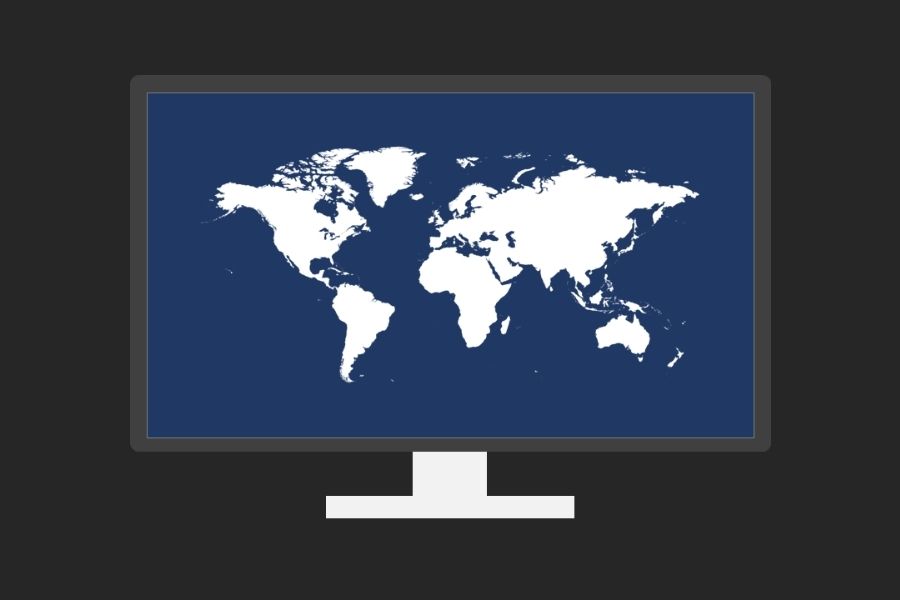Has your business got a website that targets users across the globe? Do you want to promote your website internationally? If so, here are some tips on how you can build an international website that attracts visitors and converts them.
1. Optimise Your Content for Different Languages
Be sure to translate all your website content to make sure it is readable and matches user intent in the countries you want to target. As Google Translate can be unreliable at times, the best way to get accurate, easy-to-read web copy is to pay for something better, like Bablic or Smartling.
To check who is visiting your website already, and what languages they want to read it in, be sure to set up Google Analytics visitor tracking on your website.
- If you’re using Universal Analytics, you can find your visitors’ locations and the languages in their browser settings in Audience > Geo > Language and Location.
- If you’re using Google Analytics 4, you can find your visitors’ countries and languages in User > Demographics > Overview.
US English or UK English?
When you’re targeting different English-speaking countries, you may be wondering which version of English to use. Is it colour or color? Internationalise or internationalize? And what effect does this have on your Google ranking?
In 2019, Twitter user Jeffrey Cammack asked Google’s John Mueller about this exact topic:
My understanding is it doesn't play any role for SEO — maybe for users (and conversions), but not directly for SEO.
— 🍌 John 🍌 (@JohnMu) February 27, 2019
So, it probably doesn’t have a direct effect on your rankings – that is to say, Google doesn’t prefer one spelling over the other. Your main concern here is user experience and which version of English your visitors will prefer.
For a more in-depth explanation, check out our Copywriter Jayna’s LinkedIn article on the subject.
2. Segment Your Site for Internationalisation
There are several options for how you might want to segment your website for different countries:
- Country code top-level domain: e.g. yoursite.fr in France, yoursite.de in Germany
- Subdirectory: this goes at the end of your existing domain – e.g. yoursite.com/fr/ or yoursite.com/de/
- Subdomain: this goes at the beginning – e.g. fr.yoursite.com
There are pros and cons to each of these options, so you’ll have to consider which way is best for your international website.
3. Offer Contact Details in International Format
Make sure your contact details are clear in any country and anyone can get in touch with you easily.
For example, phone numbers: 01484 290100 would have to become +44 (0) 1484 290100.
And then there’s your email address. If you have different top-level domains for different countries (e.g. yoursite.fr), you may want to set up a contact email for that domain ([email protected]) which forwards to your original email address ([email protected]).
There we are, then. The best things to remember for building your international website.
If you need any help with your company website, from general design to the issues above, visit our Web Design page:












